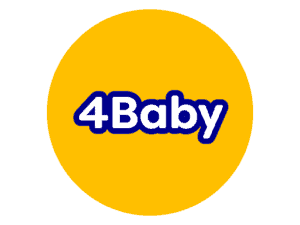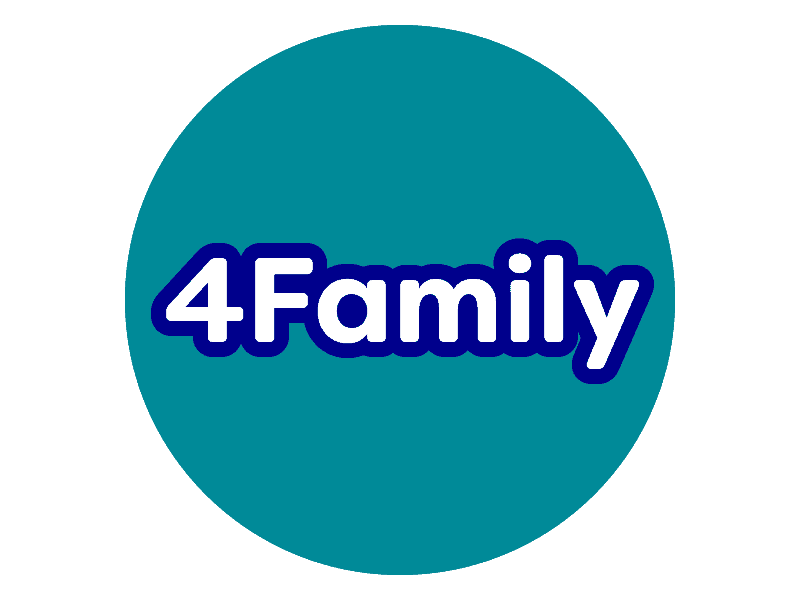Abbie Tomson
Midwife MSc, BSc, Yoga Teacher, Project Lead at All4Birth
@enevlorel @All4Birth
Summary
As parents, we often wish we could shield our children from life’s ups and downs, especially when those emotions seem overwhelming. But for toddlers, “big emotions” — like anger, frustration, sadness, or fear — are just part of their developmental journey. At this stage, they don’t have the tools to regulate their feelings, so it’s up to us to guide them through these moments in ways that help them understand and cope.
Here’s a guide to helping your toddler navigate these big emotions, supported by recent developmental science.
-
Acknowledge Their Feelings
Toddlers experience intense emotions, but they often don’t have the words to express them. When your toddler is upset, it’s easy to fall into the trap of dismissing their emotions, especially if the issue seems small to you (like not getting the toy they want). However, this can make your child feel unheard or misunderstood.
Instead, try validating their feelings. You could say, “I can see you’re upset that we can’t play with that right now,” or “It’s frustrating when things don’t go our way, isn’t it?” Validating feelings is an important step in fostering emotional understanding and resilience 1 . By labeling their emotions, you help them connect to their feelings and recognise that it’s okay to feel upset.
-
Model Emotional Regulation
Children learn through observation, and one of the most effective ways to help your toddler deal with big emotions is by modeling emotional regulation yourself. When you experience frustration, anger, or sadness, make sure to express it calmly. For example, you could say, “I’m feeling a little frustrated right now, so I’m going to take a deep breath to calm down.”
Recent studies show that when parents model emotional regulation, it helps children develop the skills to manage their own emotions 2 . By doing this, you show your toddler that it’s normal to have difficult emotions and that there are ways to manage them. Practicing calmness in front of your child helps them feel safe and reassured during their emotional outbursts.
-
Teach Simple Coping Mechanisms
At this stage, your toddler isn’t going to be able to meditate or use complex coping strategies, but there are simple techniques you can introduce. For instance:
- Deep Breaths: Encourage your child to take slow, deep breaths when they are feeling overwhelmed. You can make it fun by pretending to smell a flower and blow out the candle.
- Counting to Five: A simple strategy like counting to five can help them pause and give themselves a moment to regain control.
- Tactile Comfort: Sometimes, physical comfort is a great way to help your toddler calm down. A cuddle, holding their hand, or having a favorite soft object can help them regulate their emotions.
Recent research suggests that early interventions in emotion regulation, like teaching deep breathing, can reduce emotional dysregulation and increase resilience in toddlers 3 . By teaching them these basic strategies early, you’re giving your toddler a toolkit for handling emotional moments.
-
Create a Safe, Calm Space
Sometimes, toddlers just need a break from overwhelming sensory input. You can create a calm-down space in your home where they can retreat when they need some quiet time. This space could include soft pillows, favorite books, or calming toys. It’s important to reinforce that it’s okay to step away when they feel big emotions, as long as they’re doing so safely.
Having a designated space can make it easier for your child to recognise when they need to take a break and practice self-soothing. Creating emotionally supportive environments for children is linked to better emotional development4
-
Set Boundaries with Compassion
While it’s important to acknowledge your toddler’s emotions, it’s also necessary to set boundaries. If their behavior is unacceptable — like hitting, throwing, or yelling — calmly explain that while you understand they are upset, certain behaviors aren’t okay.
For example, “I know you’re mad right now, but we don’t hit people. Let’s find another way to show how you feel.” Recent studies have emphasised that discipline combined with empathy can help children learn how to regulate their emotions5
-
Encourage Emotional Expression Through Play
Toddlers often struggle with verbal expression, so they may channel their feelings into play. Encourage this by providing opportunities for your child to act out scenarios or emotions through dolls, action figures, or pretend play. This can help them process their emotions and make sense of difficult situations.
For example, you could say, “Let’s play with the teddy bear. What happens if Teddy gets upset? How can Teddy feel better?” Recent findings suggest that imaginative play can improve emotional expression and regulation in children6
-
Be Patient
Lastly, remember that your toddler is still learning how to manage their emotions. This takes time, and while it may feel like a challenge, every emotional outburst is an opportunity for learning and growth. The key is to remain patient and consistent. Celebrate small successes — such as when your toddler uses their deep breathing technique independently — and continue to reinforce the strategies they’re learning.
Conclusion
Helping toddlers deal with big emotions requires empathy, patience, and a strong toolkit of strategies. By acknowledging your child’s feelings, modelling emotional regulation, teaching coping mechanisms, and setting clear boundaries, you empower them to understand and eventually manage their emotions on their own. With time, toddlers develop greater emotional intelligence, setting the stage for healthier emotional regulation as they grow older.
Remember, this is a journey, and with your guidance and support, your toddler will build the emotional resilience they need to thrive.
Links to other resources
 Books
Books
“The Whole-Brain Child” by Dr. Daniel J. Siegel & Dr. Tina Payne Bryson
“No-Drama Discipline” by Dr. Daniel J. Siegel & Dr. Tina Payne Bryson
“How to Talk So Little Kids Will Listen” by Joanna Faber & Julie King
“Raising An Emotionally Intelligent Child” by Dr. John Gottman
“Listen: Five Simple Tools to Meet Your Everyday Parenting Challenges” by Patty Wipfler & Tosha Schore
 Film, Audio and Apps
Film, Audio and Apps
-
Moshi: Mindfulness and relaxation stories for kids to help with emotional regulation.
-
Breathe, Think, Do with Sesame: An app from Sesame Street that helps young children learn simple emotional regulation strategies through play.
-
Headspace for Kids: Simple meditations and breathing exercises for children, broken down by age group.
 Websites
Websites
References
Zeman, J. L., Shipman, K. L., & Suveg, C. (2021). Emotion regulation in children and adolescents. Developmental Psychopathology, 33(1), 1-13.
Aldao, A., Nolen-Hoeksema, S., & Schweizer, T. (2022). Emotion regulation and psychopathology: A meta-analysis of longitudinal studies. Psychological Bulletin, 148(5), 455-473.
Morawetz, C., Koehler, S., & Wieser, M. J. (2022). Emotion regulation and stress in early childhood: A meta-analysis. Frontiers in Psychology, 13, 1-14.
Blair, C., Raver, C. C., & Granger, D. A. (2023). The development of self-regulation in early childhood and its relation to future health and well-being. Child Development Perspectives, 17(2), 111-119.
Saxena, S., Simon, L., & Wiese, M. (2021). Parental emotion regulation and its impact on children’s social and emotional development: A meta-analysis. Developmental Psychology, 57(8), 1252-1265.
Lillard, A. S., Pinkham, A. M., & Smith, E. D. (2021). Pretend play and children’s emotional development: A meta-analysis. Child Development, 92(2), 421-435.








